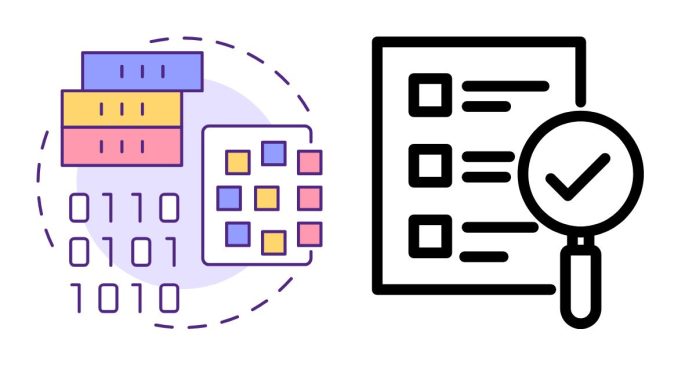In PostgreSQL, both ENUM and CHECK CONSTRAINT can be used to enforce restrictions on the values of a column. However, the choice between using an ENUM type or a CHECK CONSTRAINT depends on the specific use case, the type of restriction you need, and the level of flexibility required.
Here’s a comparison of the two approaches:
1. ENUM Data Type
The ENUM (short for “enumerated”) data type is used to store a set of predefined values, where each value is assigned a name. It is often used when you want to restrict the values in a column to a specific set of values that you define at the time of table creation.
Advantages:
- Data Integrity: An
ENUMenforces a strong integrity rule, ensuring that only one of the predefined values can be inserted into the column. - Readability and Efficiency: Since values are stored as integers internally, they are more efficient in terms of storage and indexing compared to strings. However, they are represented by human-readable names.
- Simplicity: The
ENUMtype is easier to implement when you have a fixed set of values and don’t need the complexity of additional constraints.
Disadvantages:
- Limited Flexibility: Adding or removing values from an
ENUMtype after it’s created can be more complicated. Altering the type requires running aALTER TYPEcommand, which might be cumbersome in certain cases, especially if the table already contains data. - Not Extensible: It’s not ideal when the list of valid values may change frequently, or if you need to associate additional attributes with the values.
Example:
CREATE TYPE mood AS ENUM ('happy', 'sad', 'neutral');
CREATE TABLE person (
id SERIAL PRIMARY KEY,
name VARCHAR(100),
current_mood mood
);
In this example, the current_mood column can only accept one of the three predefined values: 'happy', 'sad', or 'neutral'.
2. CHECK CONSTRAINT
A CHECK CONSTRAINT allows you to specify an arbitrary condition (usually a boolean expression) that must be satisfied for the value of the column. It can be used to define restrictions on a column based on values, ranges, or conditions.
Advantages:
- Flexibility: You can define more complex constraints compared to
ENUM, including custom conditions, regular expressions, and ranges. - No need for an extra data type: You don’t need to create a new type like
ENUM. You can apply the constraint directly to the column. - Easier to modify: Adding or changing the condition in a
CHECK CONSTRAINTis straightforward and doesn’t require altering a custom type, which might be easier than altering anENUMtype.
Disadvantages:
- Less efficient:
CHECK CONSTRAINTchecks may be slower, especially if the condition is more complex, as they involve evaluating expressions or functions. - Data Integrity: Unlike
ENUM, aCHECK CONSTRAINTdoesn’t directly restrict the values to a set of predefined names, so there’s more room for errors when inserting data.
Example:
CREATE TABLE person (
id SERIAL PRIMARY KEY,
name VARCHAR(100),
current_mood VARCHAR(20),
CHECK (current_mood IN ('happy', 'sad', 'neutral'))
);
Here, the CHECK CONSTRAINT restricts the current_mood column to one of the three values 'happy', 'sad', or 'neutral'.
Comparison of When to Use ENUM vs CHECK CONSTRAINT
| Feature | ENUM | CHECK CONSTRAINT |
|---|---|---|
| Data Integrity | Stronger enforcement, limited to predefined values | More flexible but allows complex conditions |
| Flexibility | Less flexible after creation | Highly flexible, easily modified |
| Storage Efficiency | More efficient (stores integers) | Less efficient (usually stores strings) |
| Use Case | Fixed set of values (e.g., moods, status) | Custom conditions or ranges (e.g., numeric ranges) |
| Modification Ease | Requires ALTER TYPE to modify |
Can be modified with ALTER TABLE easily |
| Portability | More portable if sharing schema | May be harder to share across systems due to custom conditions |
When to Use Each:
- Use
ENUMwhen you have a fixed, small set of values that won’t change often (e.g., status codes, days of the week, user roles). - Use
CHECK CONSTRAINTwhen you need more flexibility or need to create more complex rules, such as ranges, regular expressions, or conditional logic.
Example Decision:
- ENUM is best for defining static categories or groups (e.g.,
mood,gender,yes/no). - CHECK CONSTRAINT is more useful for range validations, more complex expressions, or conditions that might evolve over time.
In conclusion, choose ENUM for simplicity and when the list of valid values is fixed, and use CHECK CONSTRAINT when you need more flexibility or custom validation rules.


